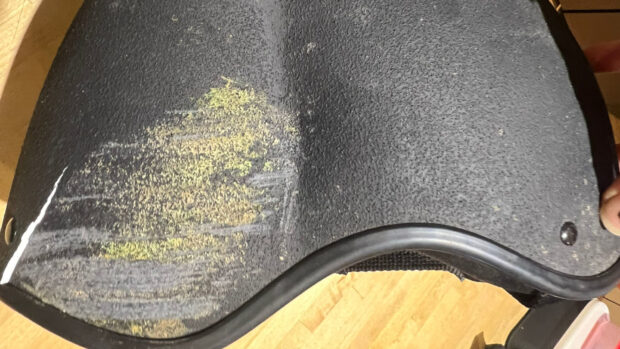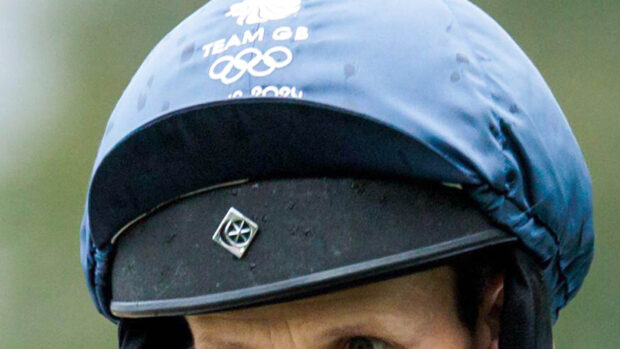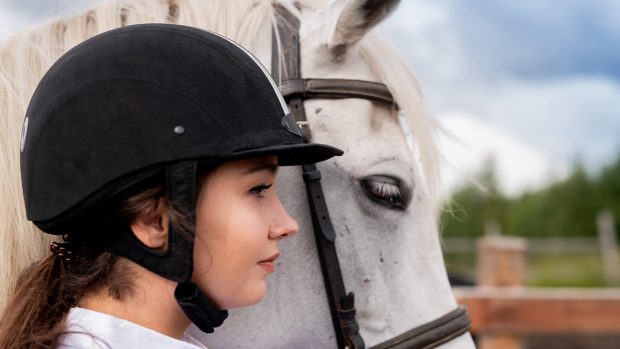The polo community is still under pressure to catch up with other equestrian bodies and introduce a minimum standard for headgear.
It is now more than a year since polo legend Carlos Gracida died from head injuries sustained in a freak accident. The sport was rocked again later in 2014 when Juracy Santos was left in a coma following a fall at the Guards Polo Club. As a result of the accident the club announced it was to introduce a rule on polo hats for the 2015 season.
However, currently neither the Federation of International Polo (FIP) nor the sport’s national governing body, the Hurlingham Polo Association (HPA), has a minimum safety standard for helmets.
The HPA has told H&H that its “intention is to introduce a minimum standard”, but that it is waiting until the issues around the withdrawal of EN 1384 have been “resolved”.
A recent survey carried out at the University of Liverpool found that nearly half of all polo players value looks above safety when choosing a new helmet. The study, which was published in Sports Medicine Open earlier this year (20 January), concluded that “players reported that safety certification was not the most important criterion for helmet selection”.
Roy Burek of Charles Owen — the only company that produces a polo hat to PAS015 standard in the UK — told H&H he was not surprised by the results, given the resistance shown to implementing a safety rule.
“Why would somebody fight against safety advances if they weren’t more concerned with what they look like?” he argued.
Redesigning the polo hat
Polo player Robin Spicer, who is studying design at Loughborough University, is in the process of designing a helmet that meets safety standards and looks stylish.
As part of his research, Robin recently took apart a traditional slimline helmet to assess the level of protection it could provide.
“The helmets protect against penetration from outside because they have a hard shell, but they don’t stop the energy being transferred into your brain because there is virtually no padding,” he said.
Part of Robin’s new design includes an inbuilt “crash centre” which can notify first responders if you fall when on your own and, in a match situation, can pass on information to the medical team present.
“I am aiming to get the right mix between a modern and traditional style,” he added.
Robin’s project will be finished in May, when further results will be available.
Ref: Horse & Hound, 12 March 2015




